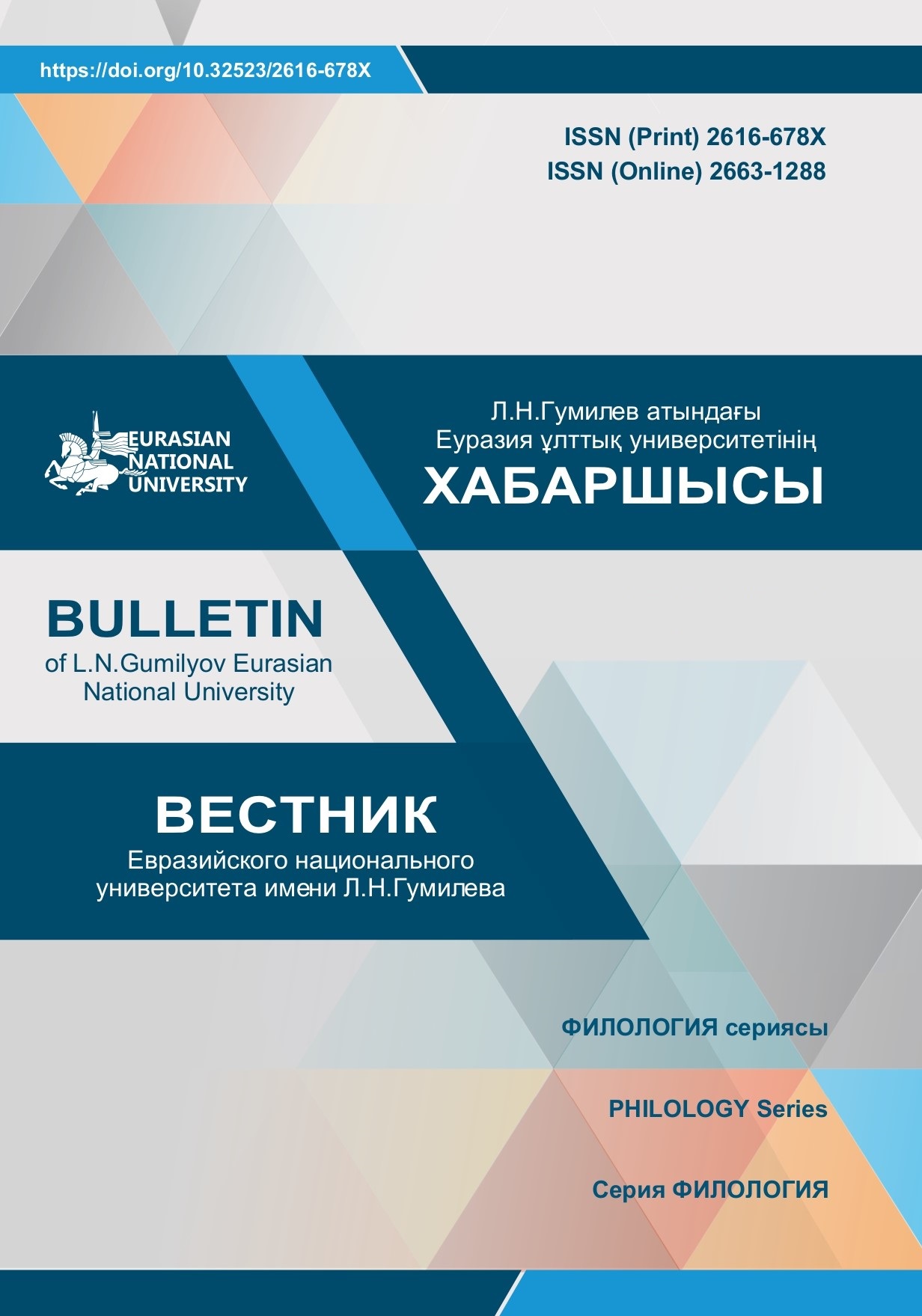The main directions of the comprehensive study of toponyms along the Great Silk road
Views: 273 / PDF downloads: 288
DOI:
https://doi.org/10.32523/2616-678X-2023-144-3-46-60Keywords:
toponymy, historical toponym, historical-linguistic basis, linguo-geographical basis, linguistic basis, etymology, lexico-semantic classificationAbstract
The article is devoted to the research directions of the historical toponymy of the Great Silk Road. Since toponymy is part of proper names, it is considered as an object of linguistics, but the areas of science that come into contact with it have important place. When studying toponyms as an object of linguistics, attention is paid to their linguistic features such as structural system, etymological foundations, motives of origin, however, in such cases, the era of the appearance of the object, historical data about its meaning and information that is part of the meaning, such as the nature of the geographical object, its location and connection with other objects are ignored. Taking into account these issues, the article used complex research methods. Linguistic, historical, geographical areas of study were considered as components of a comprehensive study, because toponymy is a science that arose at the intersection of these three areas. Given this feature of the nature of toponyms, historical toponyms along the Silk Road were considered from the historical-linguistic, linguo-geographical and linguistic points of view. Toponyms analyzed in the article are taken from archival documents and oral data.







